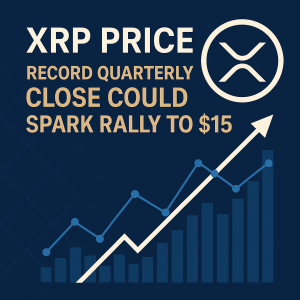Recent reports highlight a significant talent loss at Tesla, raising concerns about the company’s future innovation potential.
Over the past year, Tesla has experienced a noticeable brain drain, with many skilled engineers and executives leaving for competitors or startups. This trend reflects broader industry challenges in retaining top-tier talent amid fierce competition for skilled tech workers.
The phenomenon, dubbed the “Tesla Brain Drain,” has been linked to internal management issues, high employee turnover rates, and the allure of more lucrative opportunities at rival firms like Rivian, Lucid Motors, and emerging tech startups.
Such talent loss threatens Tesla’s ability to accelerate its electric vehicle development, battery innovation, and autonomous driving features. Despite Tesla’s market dominance, the company faces mounting pressure to maintain its edge by attracting and retaining the best minds in the industry.
Experts warn that prolonged talent attrition could slow Tesla’s innovation pipeline and impact its long-term growth prospects. The company has responded with initiatives aimed at improving workplace culture and offering more competitive incentives.
Next, investors and industry analysts will closely watch Tesla’s quarterly earnings and upcoming product launches for signs of how well the company manages its talent challenges and sustains its innovation momentum.
What is driving the Tesla talent drain?
Internal management issues, competitive offers, and desire for better work-life balance are primary factors behind the talent departure.
How does the brain drain affect Tesla’s future?
It risks slowing down innovation, product development, and could reduce Tesla’s competitive edge in the electric vehicle market.
What is Tesla doing to address this issue?
The company is working on improving workplace culture, offering better incentives, and strengthening internal retention strategies to keep key talent engaged.







